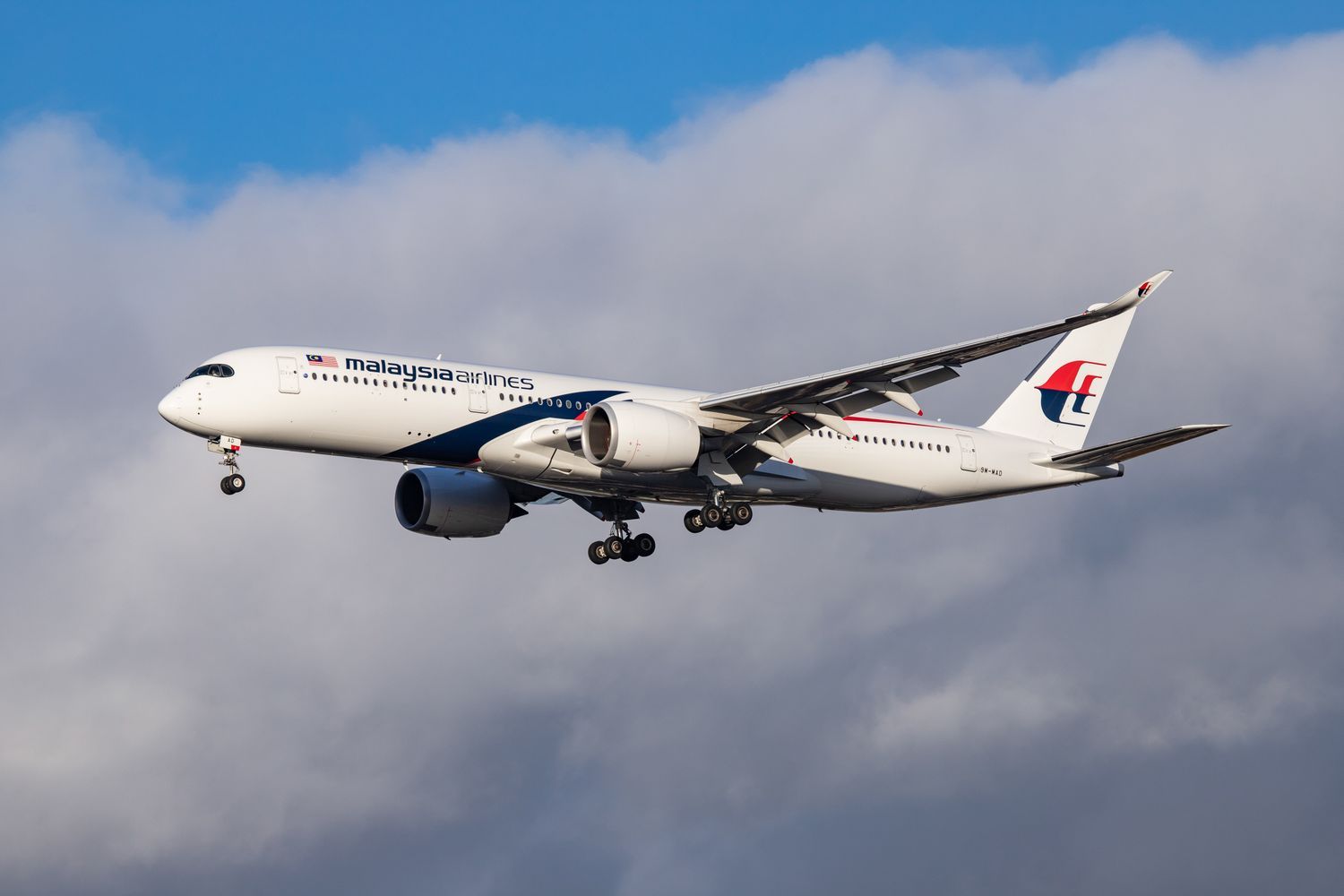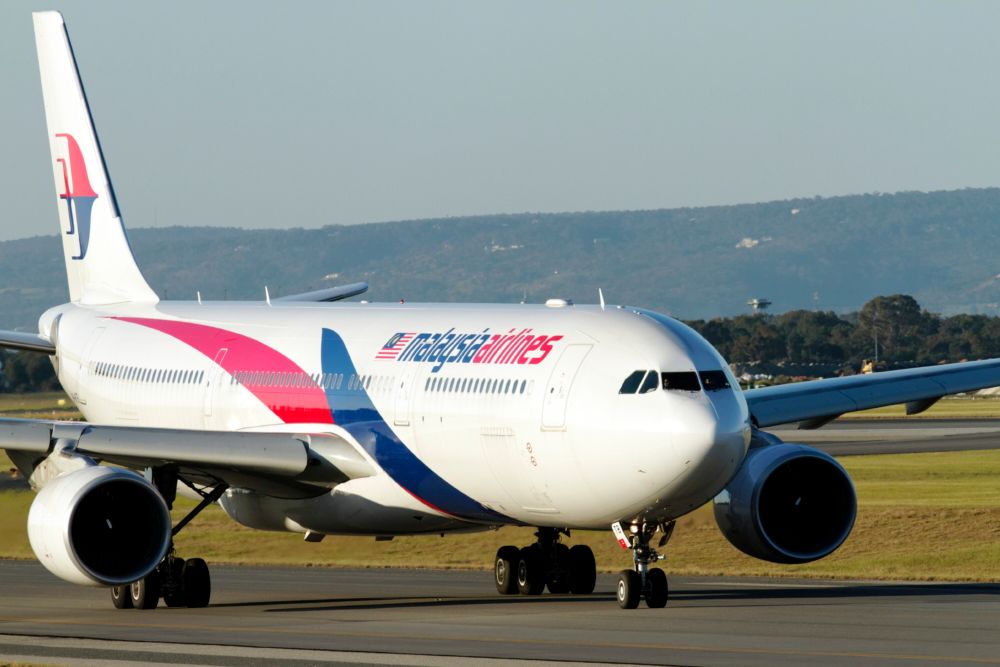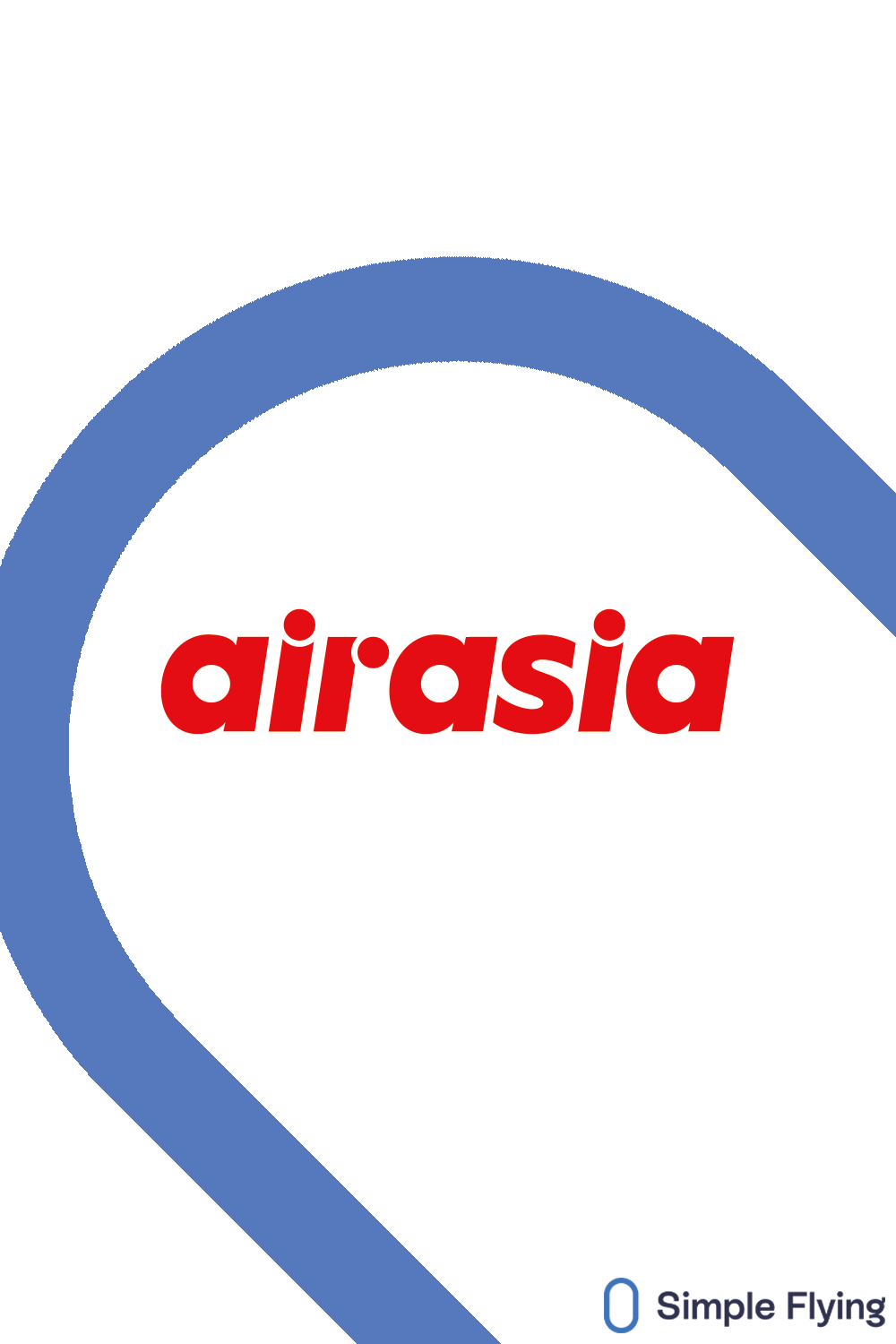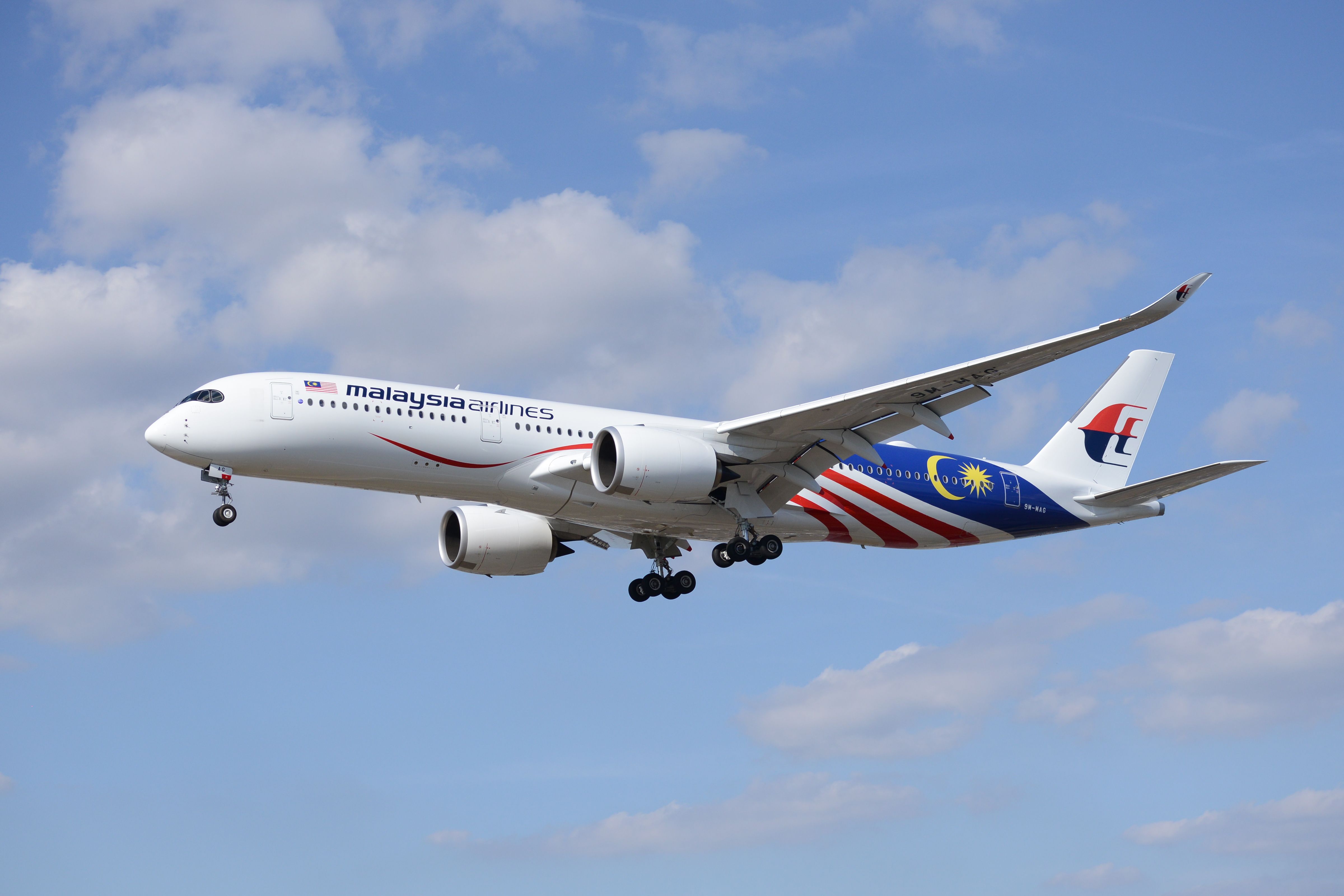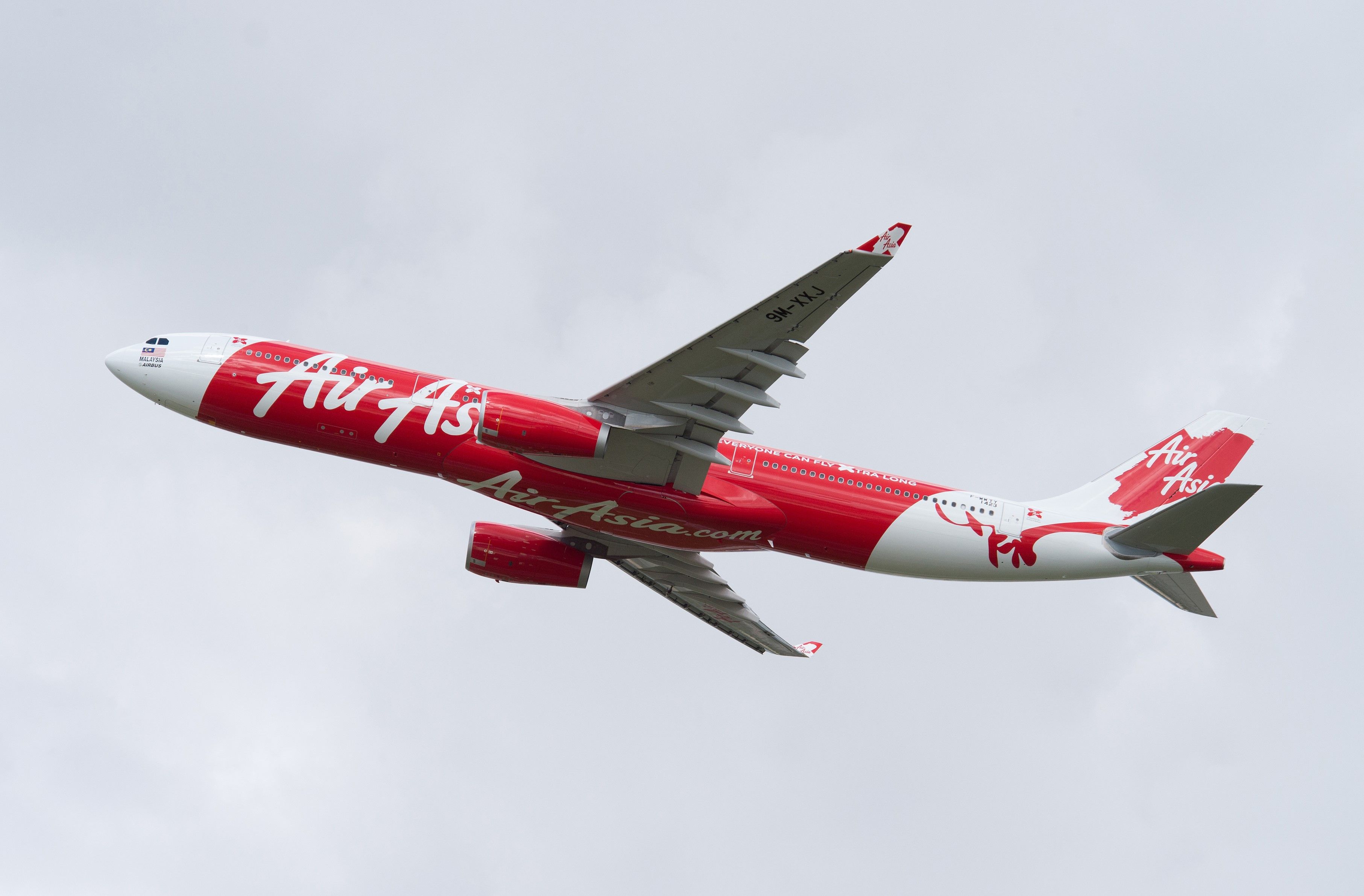Malaysia is one of just eight nations listed as Category 2 by the US Federal Aviation Administration. This means that airlines from Malaysia are barred from initiating new routes to the US or codeshares with US carriers.
According to Bloomberg yesterday, the Federal Aviation Administration (FAA) is planning to restore Malaysia's Category 1 rating. Quoting people with knowledge of the matter, the report said Malaysia had resolved all 33 issues raised in 2019 when the FAA downgraded the nation's rating to Category 2. The sources said that the US authority is expected to release a statement on the matter before the month-end. The report adds that "a representative for CAAM [Civil Aviation Authority of Malaysia] didn't immediately respond to requests for comment."
Things changed in 2019
On November 11, 2019, the FAA issued notice that the Civil Aviation Authority of Malaysia did not meet the International Civil Aviation Organization (ICAO) safety standards and therefore has received a Category 2 rating based on a reassessment of the country's civil aviation authority. The FAA said the reason for the downgrade was that:
"CAAM is deficient in one or more areas, such as technical expertise, trained personnel, record-keeping, and /or inspection procedures."
The FAA takes a very binary approach to these ratings, with countries either passing as Category 1 or not-passing as Category 2, so there is no middle ground. It's also important to note that this is an assessment of CAAM and not any individual airline operating inside or outside Malaysia. That distinction is vital as it means that any Malaysian carrier operating services or codeshares to the US at the time of the assessment can continue to do so. However, they cannot establish new services while the Category 2 rating prevails.
In 2003 Malaysia was assigned a Category 1 rating, meaning it complied with ICAO standards for aviation safety oversight. For the 2019 review, the FAA conducted an in-country reassessment in April 2019 and met with CAAM in July to discuss the results. Despite those consultations, the downgrade to Category 2 was announced later in the year.
Bloomberg also reported that Malaysia's Transport Minister Datuk Seri Dr. Wee Ka Siong told local media last week that he would be meeting FAA officials on the air-safety rating issue, adding to the speculation that a change is imminent. The upshot is that until Malaysia's CAAM gets a Category 1 rating, carriers such as Malaysia Airlines and AirAsia can't enter or expand in the US market nor start new codeshares with US carriers.
Has Malaysia met the IASA safety criteria?
The FAA is quite transparent in this issue, with the list of nations and their status on the organization's website. There are 83 countries that have been assessed, with the eight Category 2 nations being Bangladesh, Malaysia, Mexico, the Organization of Eastern Caribbean States, Pakistan, Russia, Thailand and Venezuela. The FAA's International Aviation Safety Assessment program (IASA) contains eight critical elements that these classifications are based on:
- Primary aviation legislation
- Specific operating regulations
- State civil aviation system and safety oversight functions
- Technical personnel qualification and training
- Technical guidance, tools and the provision of safety critical information
- Licensing, certification, authorization, and approval obligations
- Surveillance obligations
- Resolution of safety concerns
When a foreign carrier of a sovereign state wants to operate flights into the US or codeshare with a US carrier, it first applies to the US Department of Transportation (DOT). Before DOT can issue the permit, it requests the FAA's evaluation of the respective civil aviation authority's capability for providing safety certification and continuing oversight for its international carriers. The subsequent discussions with the local authority allow it to present corrective actions where non-compliance was identified and, if necessary, receive guidance on rectification.
Hopefully, positive news for Malaysian carriers will come in the next few days.
Source: Bloomberg

